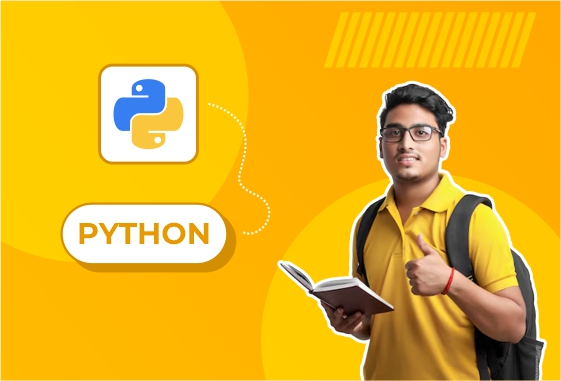
Customer Churn Prediction
A Customer Churn Prediction data science project involves predicting which customers are likely to stop using a service or product, commonly known as "churning." The goal is to identify these customers early so that businesses can take preventive actions to retain them. Here's a summary of how such a project might look for a computer science student:
Project Overview:
The project focuses on using machine learning techniques to predict customer churn, which is crucial for businesses to optimize customer retention strategies. By analyzing customer data (such as usage patterns, demographics, transaction history, etc.), you can build a model that predicts whether a customer will leave the service.
Steps Involved:
Data Collection:
Gather a dataset that includes customer details, such as demographic information, account activity, subscription history, customer support interactions, etc. Often, this data is provided in CSV or Excel files.
Data Preprocessing:
Cleaning: Handle missing values, duplicate entries, and irrelevant data.
Encoding Categorical Data: Use techniques like one-hot encoding to convert categorical variables (e.g., gender, region) into numerical form.
Feature Engineering: Create new features that could help improve model accuracy (e.g., customer tenure, usage frequency).
Scaling and Normalization: Apply normalization or standardization to features if necessary (especially for algorithms like k-NN or SVM).
Exploratory Data Analysis (EDA):
Use statistical techniques and visualizations (like histograms, scatter plots, box plots) to explore relationships between different features.
Identify trends and patterns in the data that might influence churn rates (e.g., customers with fewer interactions tend to churn more).
Model Selection:
Algorithms to Consider:
Logistic Regression: Simple and interpretable for binary classification (churn or not).
Decision Trees: Provide clear insights into decision-making paths.
Random Forests: An ensemble method that improves accuracy and robustness.
Gradient Boosting Machines (GBM): More advanced technique that boosts weak learners.
Neural Networks: Can capture complex patterns, but require more data and computation.
Split the dataset into training and testing sets (usually a 70-30 or 80-20 split).
Model Training and Evaluation:
Train the model on the training data using techniques like cross-validation.
Evaluate the model using metrics such as accuracy, precision, recall, F1 score, and the confusion matrix. Pay special attention to recall for churn prediction (you don’t want to miss many churned customers).
ROC Curve and AUC can also be useful to assess the performance.
Hyperparameter Tuning:
Fine-tune the model's parameters (like tree depth in decision trees or learning rate in gradient boosting) to improve performance. This can be done using techniques like Grid Search or Random Search.
Model Deployment:
Once satisfied with the model’s performance, you can deploy it into a production environment using frameworks like Flask or Django to create a web app for predicting churn.
Model Interpretation and Insights:
Analyze the features that most influence customer churn (e.g., low customer satisfaction, frequent complaints, high subscription cost).
Provide actionable insights for businesses to improve retention strategies, such as offering discounts to at-risk customers or improving customer service for those with frequent issues.
Tools and Technologies:
Programming Languages: Python or R
Libraries/Frameworks:
For data manipulation: Pandas, Numpy
For visualization: Matplotlib, Seaborn
For machine learning: Scikit-learn, XGBoost, LightGBM, TensorFlow (for neural networks)
For model evaluation: Scikit-learn, Matplotlib, Seaborn
Deployment: Flask, Django, Streamlit (for simple dashboards)
Conclusion:
This project provides a hands-on experience in data preprocessing, machine learning, and model evaluation, which are core skills for a computer science student pursuing data science. By understanding customer behavior, businesses can take proactive steps to reduce churn and improve customer retention, which directly impacts revenue and growth.





